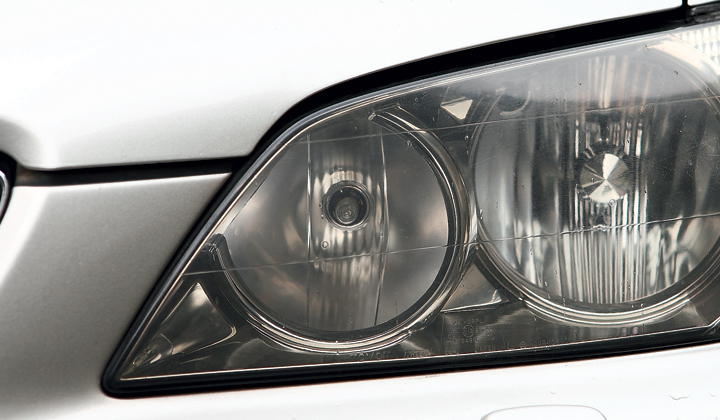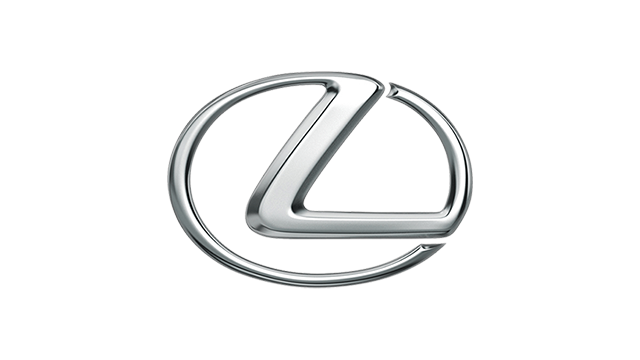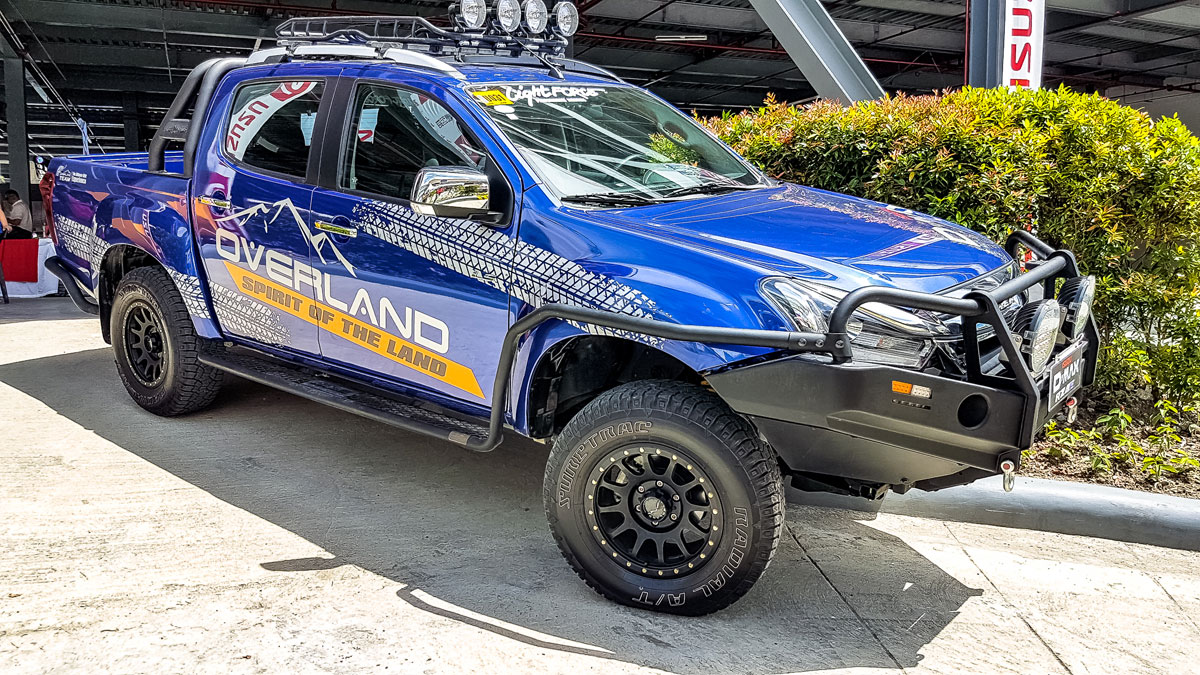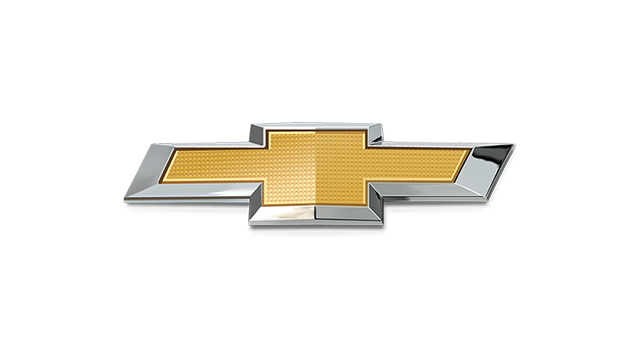History
The Lexus IS200 and its JDM-only sibling the Toyota Altezza were first introduced in Japan in late 1998, and in western markets a year later. Both cars were meant to take on the then unrivaled compact sports-sedan segment king, the BMW 3-Series. The IS200 came with a 2.0-liter, in-line-six coupled to either a six-speed manual or a four- speed automatic gearbox. A 3.0-liter engine became available later on, but until then, the obvious choice for sports-sedan enthusiasts was the 2.0-liter six-speed manual variant. The Altezza—with a slightly more potent 2.0-liter, Yamaha-tuned engine pushing the double-century horsepower mark—was also an option, but was not available in left-hand-drive markets.

Sadly, for people who drove on the ‘wrong’ side of the road, the aforementioned six-cylinder was the only game in town. Filipino buyers had it worse, with only the four-speed automatic variant available in the gray market (official distributor Lexus Manila came into existence only in 2009). Being a gray-market model with no real support back then, the IS200 arrived in limited numbers. In spite of that, it was fairly popular with the moneyed crowd.
Value and costs
Nowadays, given the Lexus IS200’s relative scarcity, it’s still a popular choice for someone in the market for a compact, non-European, rear-wheel-drive sports sedan. Its current resale value of P450,000 to P500,000 is significantly lower than its primary rival’s, the BMW 323i, but this model has aged better than the same-era E46 BMW 3-Series. However, expect maintenance costs to be a bit higher compared to its European-make counterparts, especially in the underchassis department. Blame this on the myriad of bushings and ball joints that allow the IS200 to make short work of mountain roads.
Exterior and interior
Looking at the first-gen IS200, you will be hard- pressed to tell that it’s more than a decade old next to today’s sea of aerodynamically chiseled offerings. It’s got an air of purposeful aggression about it. The car’s wide trapezoidal grille is ensconced between nicely shaped headlight assemblies. The lines of the car flow upward and back to meet the widely imitated taillamps, known as the “Altezza lights,” which were then quickly picked up by the aftermarket industry and applied to all manner of vehicles such that people eventually tired of them.

Inside, drawing the eyes’ attention is the novel timepiece-inspired treatment of the gauge cluster. Leather abounds in the IS200's cabin, with insets and accents of Alcantara on the seats and the door sidings. Nifty design cues—like the touring-car-like pedals, gated gearshift mechanism, and rotary HVAC switch- gear—add to the visual appeal of the interior, if not to the ergonomics. While the IS200 has smaller dimensions than the BMW 3-Series, it actually provides a very generous amount of usable space. At the rear end of the car resides a cavernous trunk that will be able to swallow more than a week’s worth of luggage.


Engine
As mentioned earlier, the heart of the locally available Lexus IS200 is the 1G-FE in-line, six- cylinder engine mated to a four-speed automatic transmission. Some owners have gone as far as giving the IS200 the full monty and swapping out the 1G-FE in favor of a 2JZ-GTTE 3.0-liter powerplant from the Toyota Supra, with varying results. After all, the 1G-FE pro- duces ‘only’ 160 horses at 6,200rpm and 200 Newton-meters of torque at 4,400rpm. Upkeep is fairly easy nowadays, with Lexus Manila offering full dealership support and servicing for gray-market models that were acquired prior to its Philippine inauguration in 2009. This is after you pay a one-time ‘membership’ fee of P50,000.
Driving impressions
Driving a Lexus IS200 is an interesting experience. Its sporty design certainly promises quite a bit of excitement, which the car does deliver provided that you flog the engine in a manner befitting a sports sedan—which is to say hard! It’s just a disappointment that doing so will definitely make you pay more at the pump. In city traffic, response is on a par with—if not over—those of its contemporaries. But this car truly shines when straight roads turn into corners, which is where driving enthusiasts are likely to converge at. Build up enough velocity afforded by the 160 horses of the engine, and you’ll be begging for roads that wind endlessly. The almost-razor-sharp steering as well as the ample support from the standard sporty seats encourage drivers to go all out should the conditions allow it.

Verdict
The Lexus IS200 is a good alternative to the more typical Euro-badged sports sedan that everyone’s uncle has, without giving up any prestige. The automatic transmission is the weakest link in the package, but if you spend more time in uban traffic than on the open road anyway, it’s the proper companion to the silky- smooth six-cylinder engine. Just be religious about the car’s upkeep.
The nice thing here is that even if the unit had been sourced from the gray market, the presence of an of cial Lexus dealer ensures you won’t feel like an orphaned owner. (Ferman Lao)
NOTE: This article first appeared in Top Gear PH’s December 2010 issue.














